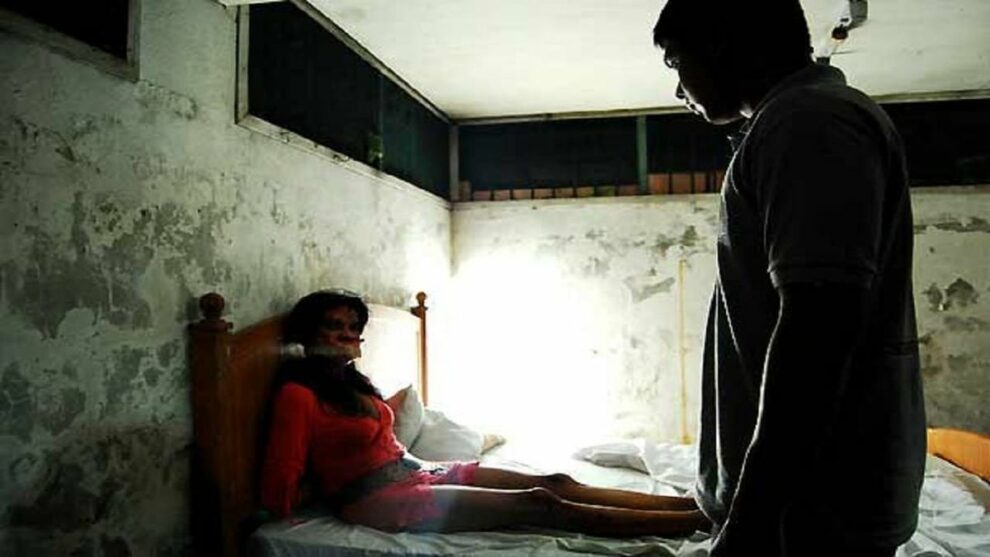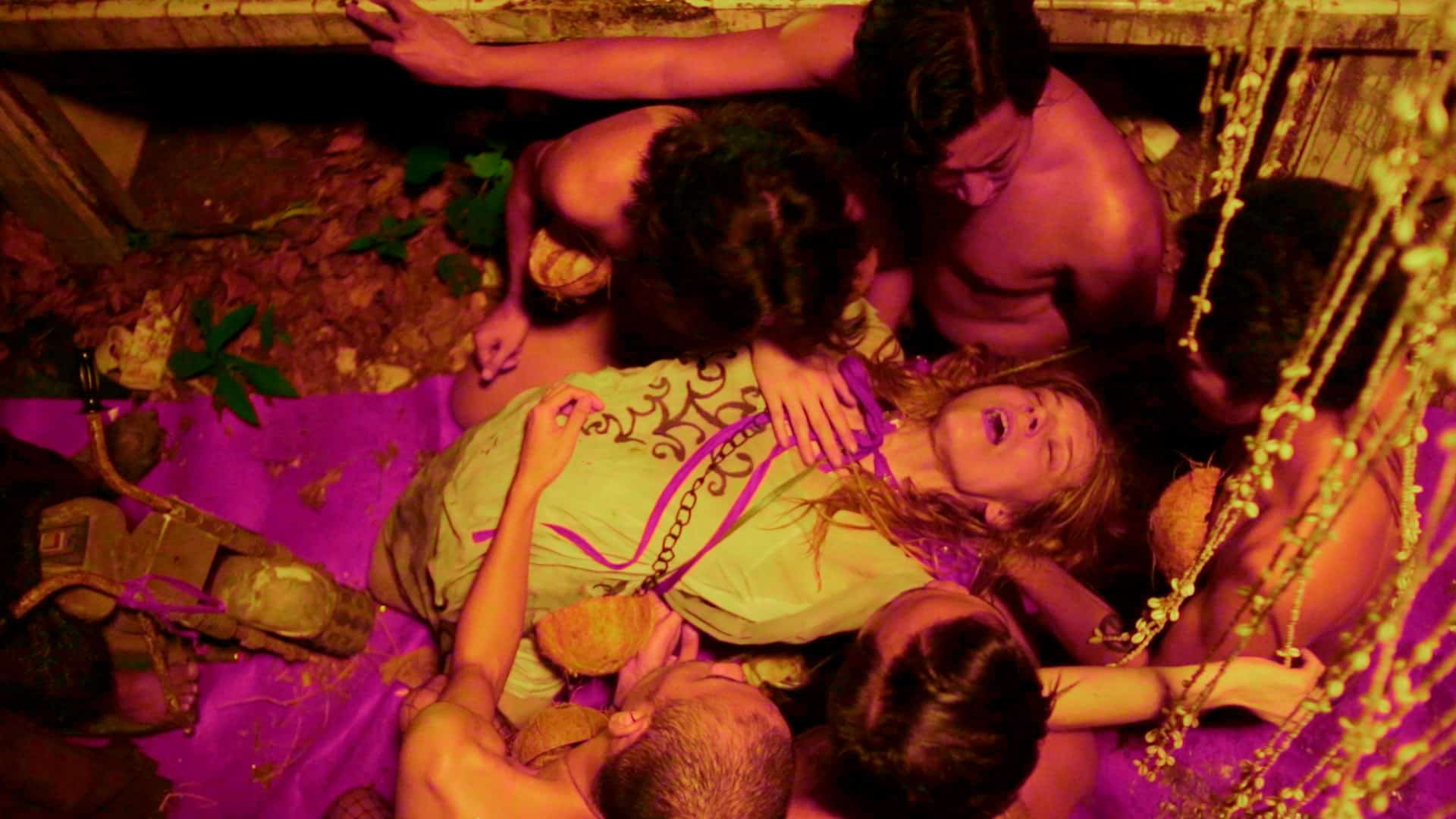Both the most famous, for being the first Filipino film to net Best Director Award in Cannes, among a number of other awards from festivals all over the world, and the most notorious, considering how a number of critics slammed it, “Kinatay” is definitely a landmark for local cinema, as much as for Mendoza, whose international legend essentially begun here.
The film is essentially split into two parts. The first revolves around the marriage of Peping, a 20-year-old criminology student, with a classmate of his, 19-year-old Cecile, following the birth of their son, while highlighting their everyday life. Peping, however, is in dire need of money, which is why he agrees to the proposition of his schoolmate, Abyong, to work as a part-time errand boy for a local syndicate that collects protection fees from various businesses in Manila. One night, however, which functions as the dichotomy of the two parts, Abyong also asks him to come with the rest of the syndicate for a drive that is soon revealed to involve the kidnapping of a prostitute nicknamed Madonna, who owes a lot of money to them. Expectedly, the kidnapping does not have a happy ending, but Peping could have never fathomed the brutality that ensues.
The first part of the movie follows the trademark style of Mendoza, with the handheld cameras capturing the everyday life of the lower “castes” of the country, with the concept of marriage, both in the group ceremonies and the one the judge presides for the couple being the central theme. The way the class functions, the people on the streets and how they go about their lives, and what happens after the wedding conclude this combination of fiction and documentary in the most realistic fashion.
The kidnapping, however, moves in a completely different path, with the violence soon leading to distinct exploitation paths. The beating in the car is only the beginning, as things become much worse upon the arrival of the group in a remote house. Apart from the grotesqueness, though, it is interesting to see what Mendoza was trying to comment on with all this violence.
To begin with, that many members of the syndicate are policemen, while eventually a military officer is also involved, is a direct comment on how the corruption in the Philippines works. That almost every member of the syndicate abuses Madonna in different ways is a comment on human nature, and how people can become animals (beasts if you prefer) under certain conditions. Peping's disgusted reaction, but the fact that he cannot force himself to leave, also because he is afraid of his “comrades”, moves in the same contextual direction, while also showing what the aforementioned circumstances could be. In his case, fear and the need to make money to support his family are portrayed as the reasons, in a rather chillingly realistic comment. Furthermore, Mendoza seems to pose the question of if a good guy like Peping will eventually become as desensitized as the rest, and even though the answer is left to the audience, the implication is rather clear. Furthermore, through the combination of all the aforementioned, the director makes a comment about how violence is born, while the fact that the name of the victim is Madonna could be perceived as a metaphor about religion, although I have to admit that, if it is there, it largely eludes me.
Also quite interesting is the way Mendoza presents these scenes, along with his regular collaborators, DP Odyssey Flores and editor Kats Serraon. Despite their brutality, and the occasional in-your-face depiction, there is no sense of indulging here. The frames are narrow, usually presented through the perspective of the voyeur, while their duration is rather brief and many of them are communicated through sound to the viewer rather than image. In that fashion, Mendoza actually avoids the exploitation aspect, essentially showing that violence, in this case, is used as a medium for all the aforementioned comments. The shock, and overall innocence of Peping also move towards the same direction, with Coco Martin giving an excellent performance throughout the movie.
Also of note is the way the car scenes were shot, with the darkness that envelops them essentially signaling what is about to happen, as much as the return to the first part approach in the end of the movie, which also highlights the excellent job done in the editing here.
Despite the fact that many will find it appalling, as it seems to be the case with the critics that buried it, “Kinatay” is a brilliant film, which shows, once more, how violence can be used as a contextual medium, particularly in a comment regarding how brutal life can be, and the reasons behind the why people can act in this way.

















